 Life like flying clouds: my personal philosophy to belief!
Life like flying clouds: my personal philosophy to belief!
If you are already biased against Islam with Western propaganda and false information and don't understand the Quran properly, then you find only bad things about Islam. Still, with worldwide dominance, Islam is the fastest-growing religion in the world, especially in the Western world. That's why eating pork and maybe drinking restrictions you can find only in Islam!
Every belief in God's concept rejects atheists, but you wrote only Islam, and Islam doesn't reject materialistic concepts of working for living and earning, as we all need money or assets to live and help the poor, so it is not actual rejection but revising the ideology with capitalism or socialism, etc.
I don't have any comment on Religious books, I respect all religions, but these holy books are not for fun which I can assure you, but to teach us how our God wants us to be to our God and toward the people.
I don't know about him at all. Anything you don't find interesting is only imposed when you are the slave of your own will and thoughts but Islam doesn't allow such destructive qualities, you must be a slave of your God and sacrifice your all self-willing to do bad things to please Allah, what Islam means. It will not let you do bad things but you have the capability to do bad things and good things both, but bad deeds will bring bad consequences afterwards.
I can never be, I respect all opinions and I can only let you know my position on your comment, that's it, never mention the line as it reflects the ill-minded offense that you fear when you are giving your opinion. We are exchanging our thoughts my friend not fighting or debating!
I know this as you always tell this in the comments. So I suggest you to come to India and enjoy some Indian beauty that will make you happy my friend.
While chatting with my wonderful friend Hassan, I struggled with what answer to give!
The thought that my awkward English would cause him misunderstanding and discomfort made me worry!
My revered spiritual elder brother Steve always advised me to use political and diplomatic English!
He advised me to always look at the person first and then start the conversation!
But, I always felt like I had let him down!😅
I decided to respond to Hassan for now!
I will tell Hassan the historical perspective that ordinary East Asians have about Islamic civilization!
Basic morals for East Asians to understand the Indian subcontinent!?
The general East Asian people are more familiar with Buddhism and Hinduism than Islam.
I think Hassan knows why!😄
From the perspective of East Asians, Buddhism and Hinduism were both peaceful and sexually attractive!
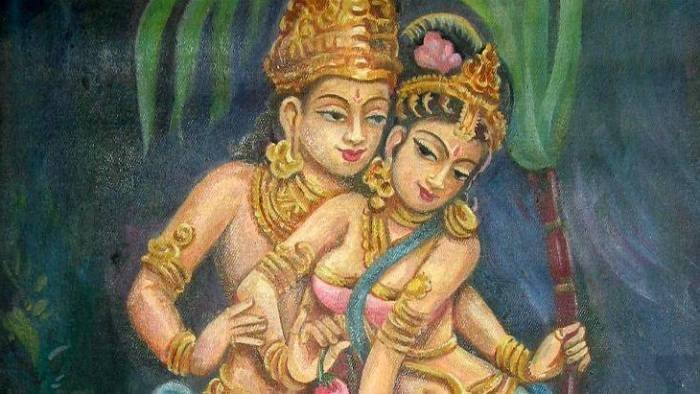
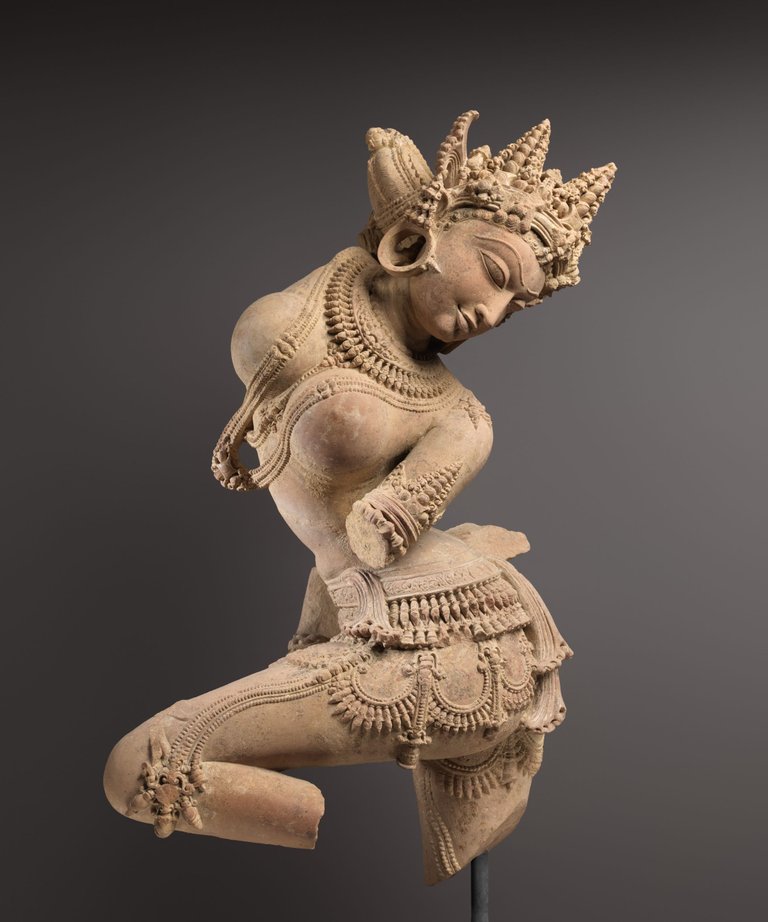
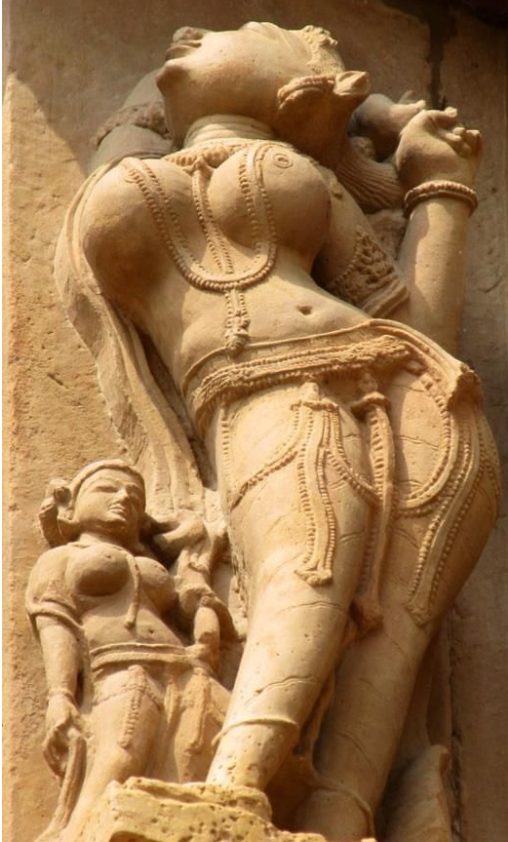
As paintings and statues of women from the Indian subcontinent were imported to East Asia starting about 2,000 years ago, East Asian men began to harbor sexual fantasies about women from the Indian subcontinent.😄


So, Modern East Asian men harbor sexual fantasies about women from the Indian subcontinent.
The paintings above were painted by a Japanese artist!
East Asian men find slightly darker-skinned women from the Indian subcontinent the most sexually attractive!😃
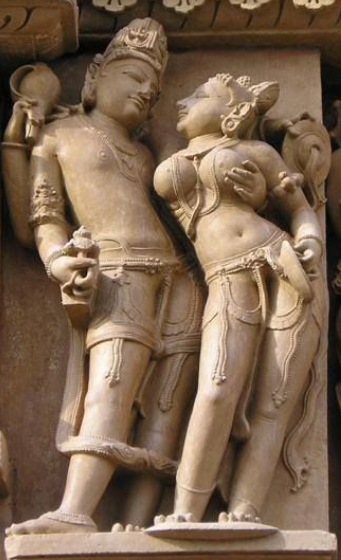
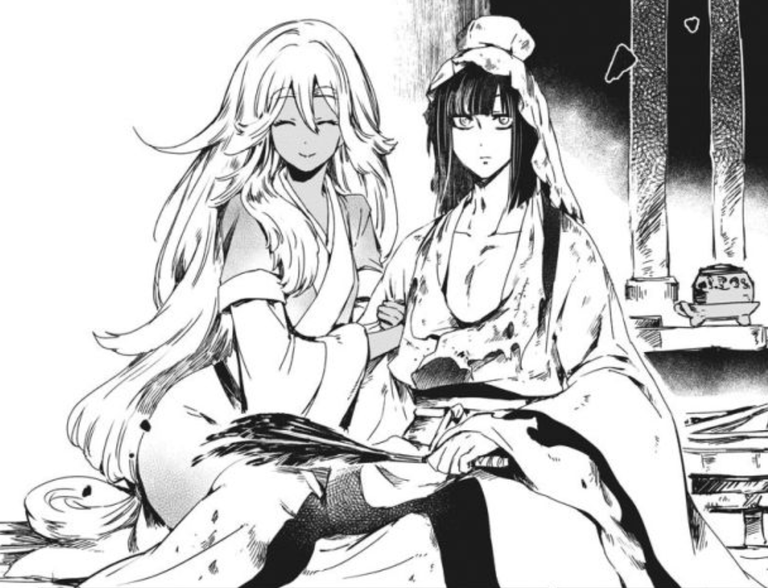
The picture above depicts a Chinese ruling class man who married an Indian Aryan woman!
I wonder what my friend Hassan would think of the fact that ruling-class East Asian men have been enjoying marrying Indo-Aryan women for 2,000 years ago!
I assumed that Hassan's Chinese friends would not have mentioned such historical events!😄
I guessed that as early as 2,000 years ago, East Asian rulers readily adopted Hinduism and Buddhism while marrying women from the Indian subcontinent!
But, The first encounter between East Asians and Islam was completely different!
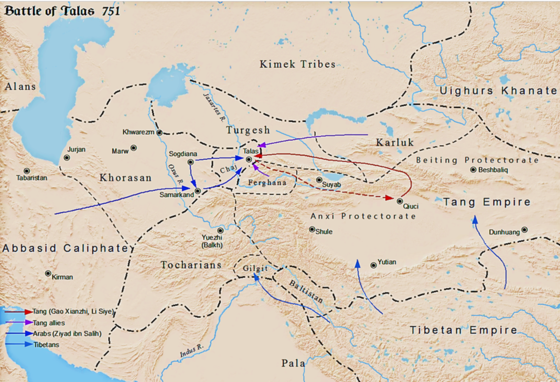 Battle of Talas
怛羅斯戰役
معركة نهر طلاس
Battle of Talas
怛羅斯戰役
معركة نهر طلاس
The Battle of Talas (Chinese: 怛羅斯戰役 Dáluósī zhànyì; Arabic: معركة نهر طلاس Maʿrakat nahr Ṭalās) was an armed confrontation between the Abbasid Caliphate and the Tibetan Empire against the Tang dynasty in 751 AD. In July of that year, the Tang and Abbasid armies clashed at the Talas River over control of the regions surrounding the Syr Darya. According to Chinese sources, it was initially marked by several days of military stalemate before the balance of power was decisively tipped in the Abbasids' favour due to the defection of a Tang-allied mercenary column, consisting of some 20,000 Karluk Turks, who subsequently played a vital role in routing the Tang army.
The Battle of Talas was the first meeting between East Asians and Muslims.
This battle was the biggest event in understanding Islam for all East Asians.
I think Hassan will know well how East Asians understand Islam through The Battle of Talas!
Buddhists and Hindus of the Indian subcontinent allowed East Asians to freely meet Indian women, but Muslims refused.
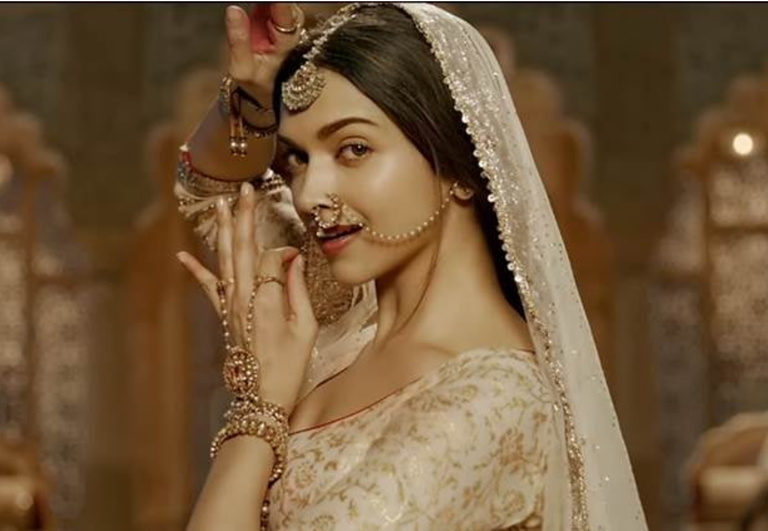
East Asian men were free to marry Buddhist and Hindu women from the Indian subcontinent.

But, It was impossible for East Asian men to marry Muslim women. Muslims forced pagans to convert.
East Asians were shocked to learn that Islamic law prohibits alcohol and pork!
 The Origins of Hindu-Muslim Conflict in South Asia
The Origins of Hindu-Muslim Conflict in South Asia
It has lately become fashionable in some circles, particularly among individuals inundated in postcolonial thought, to blame the current conflict between India and Pakistan, and more generally, strife between Hindus and Muslims on the British, and the British Raj’s colonial policies. In the words of Shashi Tharoor, an Indian parliamentarian: “The colonial project of ‘divide et impera’ (divide and rule) fomented religious antagonisms to facilitate continued imperial rule and reached its tragic culmination in 1947.” Some academics go even further, arguing that the very religious identities of Hindus and Muslims in the subcontinent were constructed by the British, and as such, the subsequent strife between these groups was a function of this policy.
n other words, most of South Asia’s contemporary geopolitical and ethno-religious problems, including the Kashmir conflict, the division of British India into India and Pakistan, and communal strife between Hindus and Muslims, are the result of Western influence. In this view, everyone in South Asia lived in relative harmony together before the 19th century. Often, British policies such as the 1909 decision to give Indian Muslims a separate electorate from Hindus in local elections, as well as the British role in India’s 1947 partition, are cited as proof of this policy to sow conflict between Indians. However, on the other hand, the work of historians like Ajay Verghese, an assistant professor of political science at the University of California, have demonstrated that areas in India formerly governed by princely states have more communal riots than the provinces in India ruled directly by the Raj.
The idea of communal harmony and unity flies in the face of historical evidence and native literature, as well as South Asians’ own memories and interpretations of their own identities and histories. The British Raj was not some totalitarian regime that had the ability, even if it so desired, to create conflict and entire religious categories from nothing in South Asia. It was a highly complex entity that was the result of the interplay between British interests, local groups, and rulers (“princes”), and as the 19th century wore on, organized movements of the middle-class Indian professionals. As the blogger and geneticist Razib Khan, who focuses heavily on South Asia, noted, “The reason I have no patience for the constant indictments of the British is that South Asian elites had their own agency, and their own history, long before the British became the major power in the subcontinent, and retained that agency after.” (For a full treatment of Khan’s analysis of the thousand-year history of Hindu-Muslim relations in South Asia, see his post here.)
India’s partition and the conflict over Kashmir, a Muslim-majority princely state ruled by a Hindu dynasty, were driven by local interests and philosophy, including the two-nation theory, which held that the Muslims of British India should be granted their own country, Pakistan. According to Muhammad Ali Jinnah, the founder of Pakistan:
Hindus and Muslims belong to two different religious philosophies, social customs and literary traditions. They neither intermarry nor eat together, and indeed they belong to two different civilizations which are based mainly on conflicting ideas and conceptions.
This view of Hindus and Muslims belonging to two different civilizations is problematic for many modern thinkers, who seek in the British Raj an explanation for the subcontinent’s divides. Was this divide — the different social customs and philosophies that Jinnah referred to — the result of a colonial plot? Or is there a deeper civilizational divide?
There is no doubt that often aspects of Hindu and Islamic, particularly Persian and Turkic, cultures influenced each other. As it is often pointed out, “at the village level… Hindus and Muslims shared a wide spectrum of customs and beliefs, at times even jointly worshiping the same saint or holy spot.”
On the other hand, Islam, like Christianity, was more self-aware of its distinct and often exclusionary identity from its onset. Local spiritual practices notwithstanding, most Muslim elites in South Asia were strongly aware of their unique cultural identity — with significant influence from the Middle East — separate from the more subcontinent-centric Hindus, even if they were not particularly religious, and even if they got along well with Hindus. The process of modernization, regardless of British involvement, expanded literacy, urbanization, and led to the “movement of ideology from the elite to the masses,” as Khan argues. Moreover, “confessionalization in some sense is part of the process of modernity and development, along with the expansion of the literate class.”
Therefore, the division between Hindus and Muslims in South Asia is nobody’s fault or plot, really, but a natural consequence of the emergence of a mass political culture. The reason for this divide is because Hindus and Muslims in the subcontinent naturally have utilized different points of reference when drawing upon history to articulate their sociopolitical goals and build their modern identities. Such thinking is not rare. In 18th and 19th century Europe, thinkers looked back to different periods of European history for inspiration. While the Enlightenment was more neoclassical in nature, and drew upon Europe’s Greco-Roman heritage, the subsequent Romantic movement idealized the medieval period, and as such, was very different in its philosophy. Unlike in Europe, in South Asia, the thinkers and elites who looked back to their region’s respective classical and medieval periods were not the same individuals, and often belonged to different religious groups.
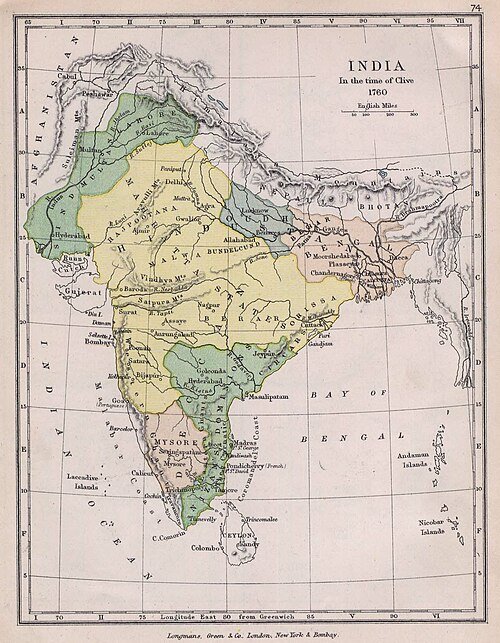 The Maratha Confederacy and controlled regions in 1760 near its peak (yellow)
The Maratha Confederacy and controlled regions in 1760 near its peak (yellow)
The Maratha Confederacy,[a] also referred to as the Maratha Empire,[6][7][8] was an early modern polity in the Indian subcontinent. It comprised the realms of the Peshwa and four major independent Maratha states[9][10] often subordinate to the former. It was established in 1674 with the coronation of Shivaji as the Maratha Chhatrapati and recognised by Emperor Bahadur Shah I as a tributary state in 1707 following a prolonged rebellion.[11] Following this, the Marathas continued to recognise the Mughal emperor as their nominal suzerain, similar to other contemporary Indian entities, though in practice, imperial politics at Delhi were largely influenced by the Marathas between 1737 and 1803.[b][12][13]
Modern East Asian scholars note that numerous wars broke out when Islam entered the Indian subcontinent.
So, East Asians thought that Islam and Hinduism could not coexist! There are various speculations about the causes of the religious war between Islam and Hinduism.
Most East Asians remember that Buddhism and Hinduism in India were peaceful and open to East Asians.
However, they remember that Islam invaded East Asia.
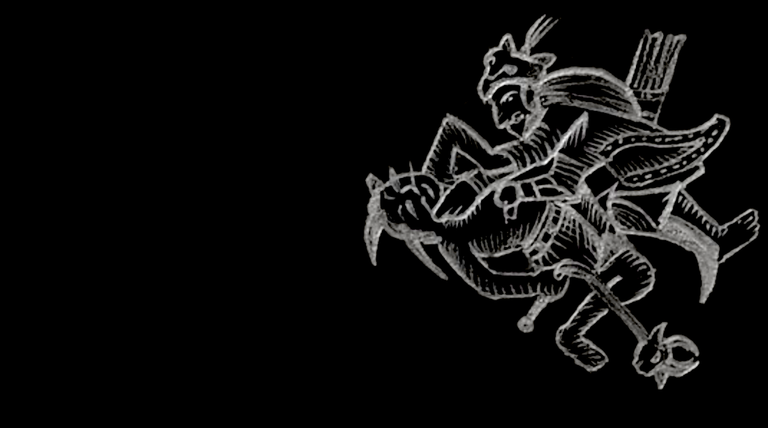 Rushdie’s Deal with the Devil
Rushdie’s Deal with the Devil
ON VALENTINE’S DAY 1989, the Supreme Leader of Iran, Ayatollah Khomeini, declared a death sentence on British Indian novelist Salman Rushdie for his book The Satanic Verses, along with any who helped its release: “I ask all Muslims to execute them wherever they find them.” The Ayatollah accused Rushdie of blasphemy, of sullying Islam and its prophet Muhammad, though many saw it as a desperate cry for popular support after a humiliating decade of war with Iraq. There followed riots, demonstrations, and book burnings across Europe and the Middle East. Death threats poured in. Viking Penguin, Rushdie’s UK publisher, was threatened with bombings. The author himself was forced into hiding under the pseudonym “Joseph Anton,” a mash-up of Joseph Conrad and Anton Chekhov and the title of Rushdie’s 2012 memoir of the controversy. The media and public still remember it as “The Rushdie Affair,” though most people born after the 1980s have never heard of it.
Unlike the recent attack on lampoon magazine Charlie Hebdo or the threats against Danish daily Jyllands-Posten, the creative text behind the Rushdie Affair was renowned as high art. It netted the 1988 Whitbread Award and was named a Booker Prize finalist (Rushdie had already won a Booker for his second novel, Midnight’s Children). It was lauded by the Who’s Who of 20th-century literature: Norman Mailer, Bruce Chatwin, Marina Warner, Joan Didion, Martin Amis, Nadine Gordimer, Peter Carey, David Lodge. Its author was forever crowned “godfather of Indian fiction” alongside Rabindranath Tagore, Amitav Ghosh, V. S. Naipaul, and Amrita Pritam. Yet recent coverage of the 25th and 30th anniversaries of the Affair focuses on everything but the novel itself, whether
Ordinary East Asians like me cannot understand the practice of imposing a death sentence for blaspheming religion!😨
Common East Asian men are very interested in the physical attractiveness of Hindu women!
I hope my friend Hassan isn't offended by my awkward English!
I am very bad at History! But I appreciate your knowledge of history.
Yeah, you are right. They never tell me about these hidden facts as you told me.
Thanks for your informative post.
Hassan!
I'm happy because you're happy!aslam alaykum! @tanzil2024 !